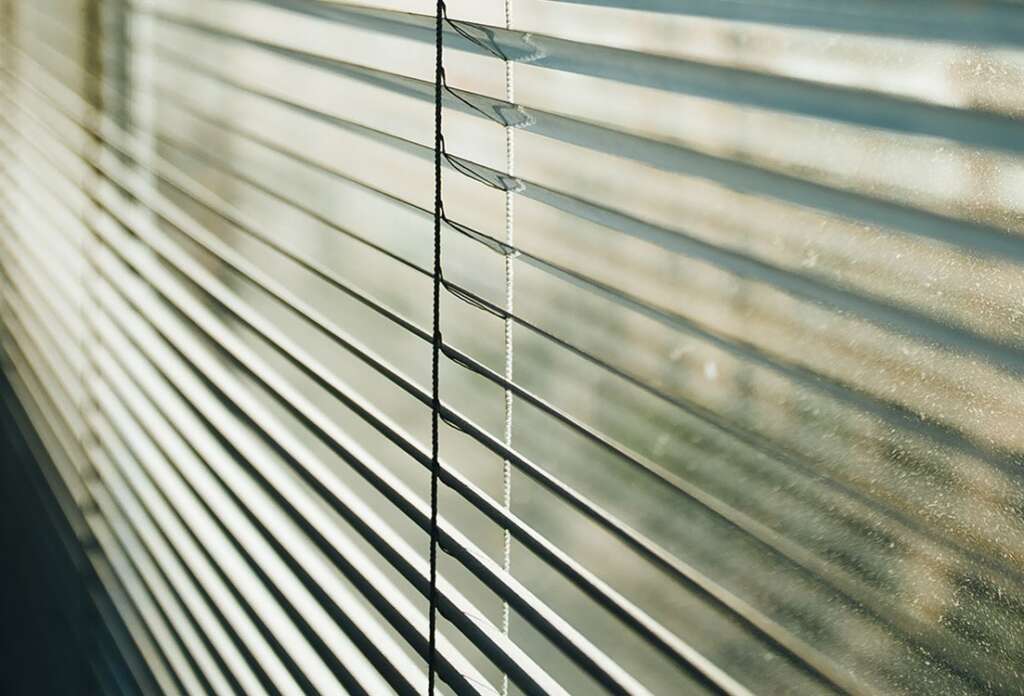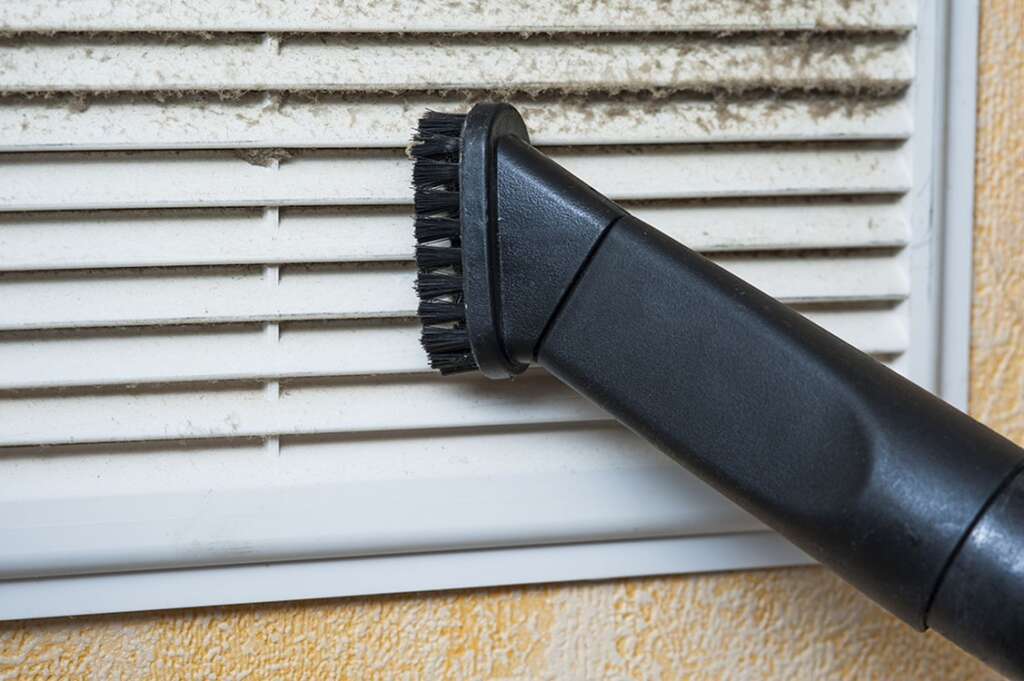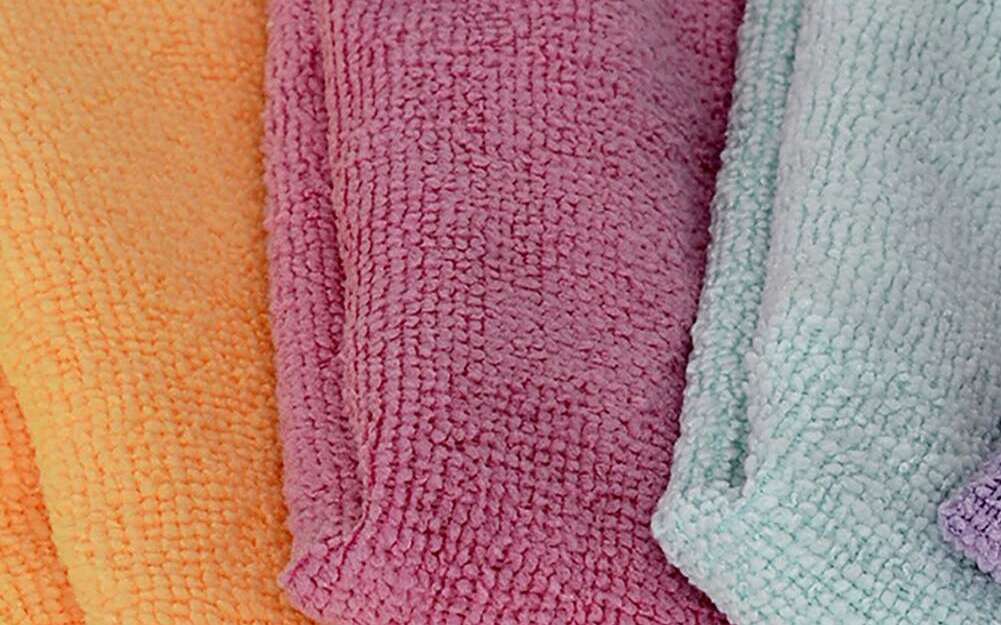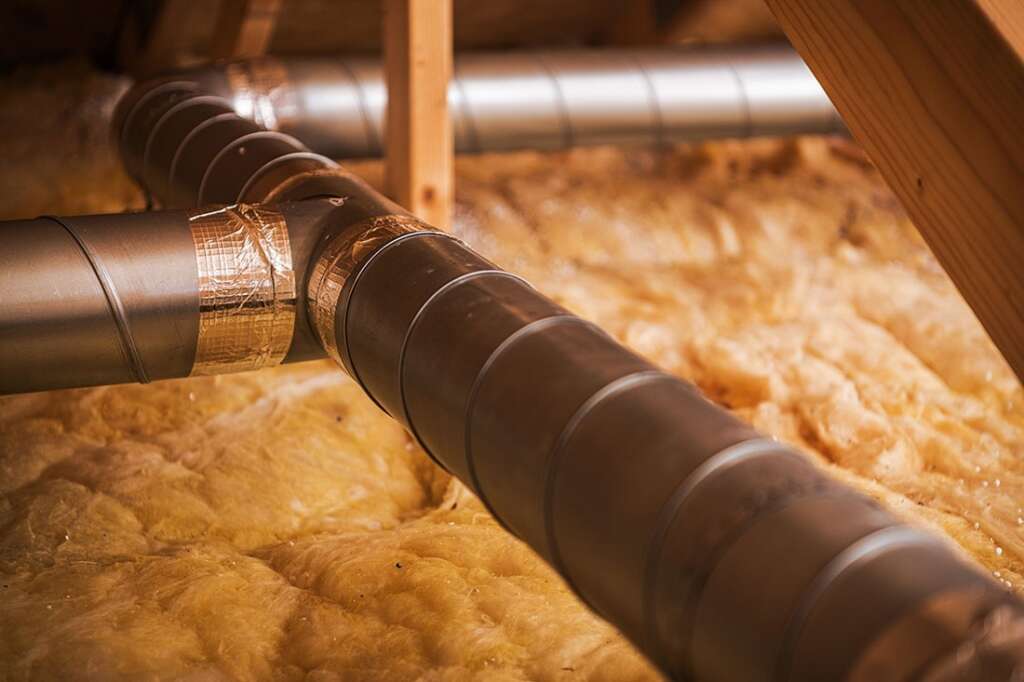Home All the Time? Why Is There So Much Dust

We’ve all been stuck at home for the better part of a year, now, and we know more about each other than we ever wanted to. We also know more about our homes than we ever wanted to. But we’re noticing not just the big things, and getting around to the major projects we’ve been putting off for years.
It’s the little things, too. Like why that one kitchen floorboard squeaks underfoot only at certain times of the day. Or how your gas fireplace actually sounds like crickets on a summer night. And how quickly – and how much – dust builds up, even when you dust regularly.
What is that about?
Of course there is going to be more dust in any house, with people and pets moving around inside all day long, seven days a week. But this much? Where is it coming from? Why is it back so soon after you dust? And what are we missing when we dust? The answers can be pretty interesting.

The Forgotten Places

First off, let’s consider the things we *do* dust. Regularly. We do tabletops and flat surfaces – bookshelves, desktops – we might even be super-ambitious and clean a TV screen or two. If you’re an absolute rock star, you might regularly dust your ceiling fans and blinds.
But what are we forgetting?
- Well, there are the frames – doorframes, picture frames, and window frames (and sills, too.)
- And, the floors. You might be a super-human Swiffer-er or vacuum like your life depends on it.
- But what about the furniture itself? And UNDER the furniture, which hides a multitude of sins?
- How about the linens and window dressings? These are a happy home for hosts of dust and allergens.
- Finally, what about your vent and air return covers? How much dust are they holding?
All of these spots offer rampant opportunities for dust to be stirred up by the activities of daily life – especially when everyone is home and moving around all the time. But where is this dust coming from? How does it even get here? And what can we do about it?
The Truth about Dust
Sometimes, dust comes from exactly where you think it does. It comes in from outside on shoes and boots, and on pet paws, through open doors and windows. But in the middle of winter? Doors and windows aren’t open that much. If you have a wood-burning fireplace, that’s an obvious answer, but if yours is gas-fueled? What, then?

Don’t forget exactly what dust is – it’s dust mite droppings, dead skin cells (yes, those horrible TV commercials are correct), allergens, mold spores, pet dander. And many of those things are coming from living beings in your home.
Primarily, however, the dust in your home comes from leaks – gaps around your windows and doors, and leaks in your ductwork.

To say that dust can come in from these points whenever the wind blows might seem tongue-in-cheek – but it’s true. Any air movement is an opportunity for dust to enter and accumulate. And if you have a leaky air duct system, air from unused spots like crawl spaces and attics gets picked up and pushed into your living space through the airflow in your ducts. If the air registers in your home are often dusty and dirty, this is an almost sure sign of leaky ducts.
What Are the Answers?
Since we’re dealing with the truth, here, we’ll keep it simple: there’s the easy stuff and then there’s the hard stuff.
The easy stuff consists of the things you might already be doing:
- Vacuum daily, or every other day, and use a vacuum with a HEPA filter. Vacuum your furniture, pillows and mattresses on a regular basis, as well. And don’t forget the BOTTOM of the furniture. Turn it over and you’ll be astonished at the horrors that can await.
- Change your furnace filters at least quarterly – and use the kind that are pleated and of greater density to keep out larger dust particles. If it’s saturated, it’s not working, and your system is doing overtime.
- Dust using the proper materials, like microfiber cloths that will capture dust instead of just stirring it up so it can resettle elsewhere. You can also simply dampen a cloth or use a furniture polish where applicable to help capture particles. Move from top to bottom to help avoid recirculation – and get those forgotten places regularly, too!

- Dust your wood floors using a dust mop or a static or microfiber cloth mop to collect the dirt and dust that accumulates daily. Get UNDER your furniture, too, and in corners to collect the dust bunnies, fur, and other detritus of daily life.
- Invest in room air cleaners to help collect what’s floating around in the air before it hits the surfaces. These will also require regular filter changes to stay in proper working condition.

The hard stuff is harder, more time-consuming, and may be more of an investment.
- Duct cleaning at least once a year is always a good idea. Whenever you have your ducts cleaned, this is an ideal time to consider a duct sealing process like Aeroseal, which can find and seal leaks in your ductwork in three easy steps. Duct sealing can
not only help reduce the dust in your home, but it can also help even out temperatures from room to room and can reduce energy costs significantly, helping pay for itself over time.
- Make sure your windows and doors are properly sealed. Caulking around them is the easy, inexpensive solution, but sometimes, it’s simply time for a replacement.
- Installing a whole-house air filtration system is another way to help control the flow of dust in your home, and can also lower energy bills over time. This solution also provides for cleaner air and the potential for better health.
A home services professional like All American Heating can help you determine the causes of dust in your home and offer solutions. Call us if you’d like to schedule a home indoor air quality check-up, professional duct cleaning, or other home HVAC enhancement.
